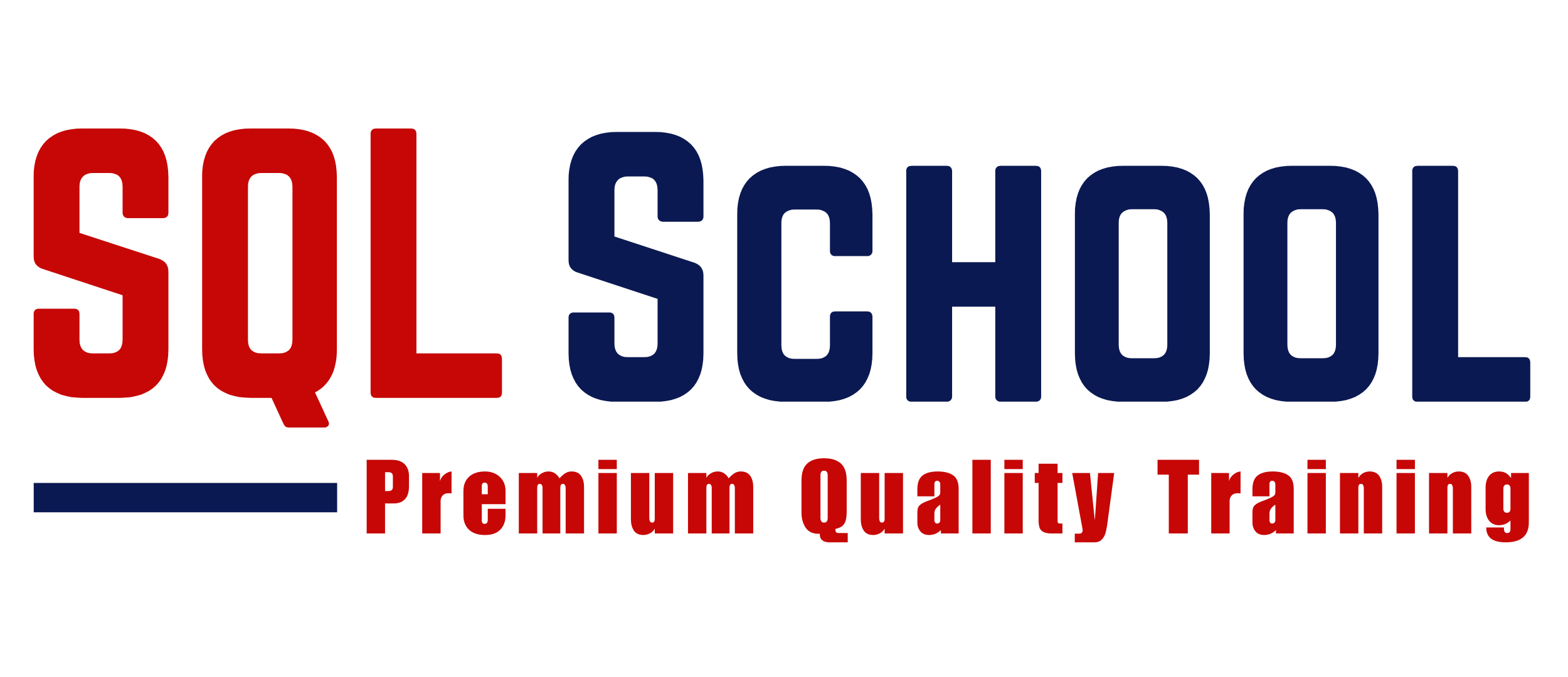Azure Data Factory Is the Backbone of Modern Data Engineering
In the modern data-driven world, organizations collect data from a multitude of sources — databases, APIs, flat files, cloud storage, SaaS platforms, and more. But collecting data is only half the story. The real challenge lies in integrating, transforming, and delivering that data efficiently.To turn this raw, distributed data into actionable insights, data pipelines are essential. That’s where Azure Data Factory (ADF) steps in — a cloud-native, fully managed data integration service from Microsoft Azure that enables users to construct efficient ETL (Extract, Transform, Load) and ELT (Extract, Load, Transform) workflows at scale.
What is Azure Data Factory?
Azure Data Factory is a serverless ETL and ELT service that allows users to orchestrate data movement and transformation across on-premises and cloud data sources. Whether it’s a SQL Server database, Azure Blob Storage, or a SaaS application like Salesforce, ADF provides over 100 built-in connectors to help collect, process, and publish data efficiently.
ADF supports both low-code and code-based development models, making it accessible to data engineers, developers, and business analysts alike. It’s especially effective for building data lakes, data warehouses, and feeding analytics platforms like Power BI or Azure Synapse Analytics.
Key Features of Azure Data Factory
1. Pipeline Orchestration
At the heart of ADF is the pipeline—a logical grouping of activities that perform a specific task. You can schedule pipelines to run automatically or trigger them based on events, allowing for dynamic and reactive data workflows.
2. Data Movement with Copy Activity
ADF’s Copy Activity lets you move data between sources and destinations with high scalability. You can copy data from Amazon S3 to Azure SQL Database, or from an FTP server to Azure Data Lake Storage, with data compression and mapping capabilities built in.
3. Data Transformation with Data Flows
For transformation, ADF offers Mapping Data Flows, which allow you to perform code-free data wrangling at scale using a Spark-based execution engine. This is ideal for data cleansing, joins, aggregations, and conditional logic.
4. Integration Runtimes
ADF uses Integration Runtime (IR) as the compute infrastructure. There are three types:
- Azure IR (for cloud-based movement and transformation),
- Self-hosted IR (for on-premises data),
- SSIS IR (to run existing SSIS packages in the cloud).
5. Monitoring & Alerts
ADF provides a robust monitoring dashboard that tracks pipeline runs, trigger history, success/failure rates, and execution times. You can configure alerts using Azure Monitor to get notified on errors or thresholds.
Azure Data Factory Architecture
ADF’s architecture is based on the control flow and data flow paradigm. Here’s how it works:
- Pipeline: Defines the control flow.
- Activities: Tasks within a pipeline (e.g., copy, execute stored procedure).
- Datasets: Define the schema or data structure for input and output.
- Linked Services: Connections to data sources or compute services.
- Triggers: Schedule or event-based execution mechanisms.
ADF pipelines can call external services, run Azure Functions, and integrate with Databricks or HDInsight for advanced analytics and machine learning tasks.
Data Source Connectivity
ADF supports over 100 native connectors, enabling easy integration with:
- Databases: SQL Server, Oracle, PostgreSQL, MySQL, DB2
- Cloud Storage: Azure Blob, Azure Data Lake, Amazon S3, Google Cloud
- SaaS Platforms: Salesforce, Dynamics 365, ServiceNow
- Big Data Tools: Apache HDFS, HDInsight, Azure Databricks
No custom coding required — drag-and-drop interface for setting up data flows.
ADF vs Traditional ETL Tools
| Feature | Azure Data Factory | Traditional ETL Tools |
| Scalability | Cloud-native, auto-scale | Limited to local infra |
| Maintenance | Fully managed (serverless) | Manual setup & updates |
| Integration | 100+ built-in connectors | Custom integration required |
| Cost | Pay-as-you-go | Licensing and infra costs |
| Monitoring | Azure Monitor integration | Often limited or external |
Security & Compliance
ADF ensures enterprise-grade security:
- Azure RBAC & Managed Identity for access control
- Encryption at rest and in transit
- VNet Integration for secure data movement
- Compliance with GDPR, HIPAA, ISO, SOC
Let’s take a real world example
Business Scenario:
A global retail chain wants to unify its data from multiple sources to perform sales analytics, inventory optimization, and customer behavior insights
Data Sources:
Oracle (sales), Google Analytics (marketing), Amazon S3 (inventory), and Azure Blob (customer feedback).
ADF Implementation Steps:
1. Ingest Data
- ADF pipelines use Copy Activity to extract:
- Sales data from Oracle (via Self-hosted Integration Runtime)
- Campaign data via REST API calls to Google Analytics
- Inventory data from Amazon S3
- Feedback files from Azure Blob
2. Transform Data
- Data is cleaned and joined using Mapping Data Flows:
- Remove duplicates, standardize product codes
- Merge customer IDs with feedback and purchase data
3. Load Data
- Final processed data is loaded into a dedicated SQL pool in Azure Synapse Analytics for reporting
4. Orchestrate and Monitor
- Trigger-based scheduling is set up to run the pipeline daily at midnight
- Monitoring is handled via Azure Monitor and logs are archived for audit
Results:
- The BI team uses Power BI to build dashboards from Azure Synapse
- The business now gets daily, near real-time insights on:
- Top-performing products
- Regional sales trends
- Inventory restocking needs
- Marketing ROI by channel
🎓 Want to become a Certified Azure Data Engineer and work on real-time cloud data pipelines?
Join SQL School — India’s most trusted platform for hands-on Azure Data Engineering training.
✅ Learn Azure Data Factory, Synapse, Data Lake, Databricks, and CI/CD pipelines
✅ Work on real-time cloud projects and master ETL, orchestration, and monitoring
✅ Prepare for Microsoft Certification (DP-203) with expert-led guidance
📞 Call now at +91 9666640801 or visit 👉 SQL School for a FREE demo session!
SQL School – Your Real-Time Guide to Azure Data Engineering Success.
